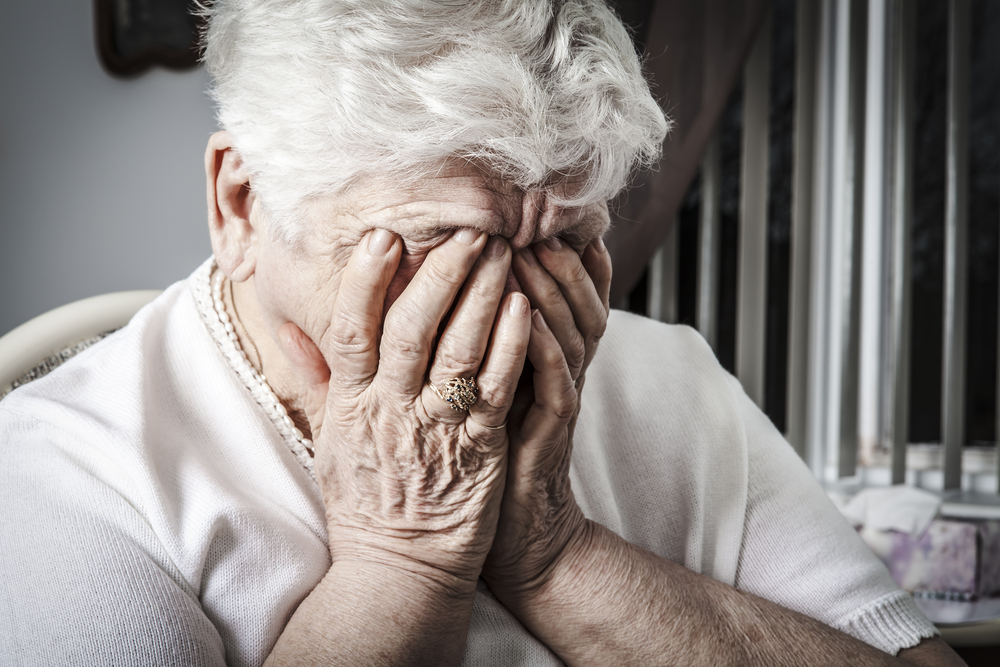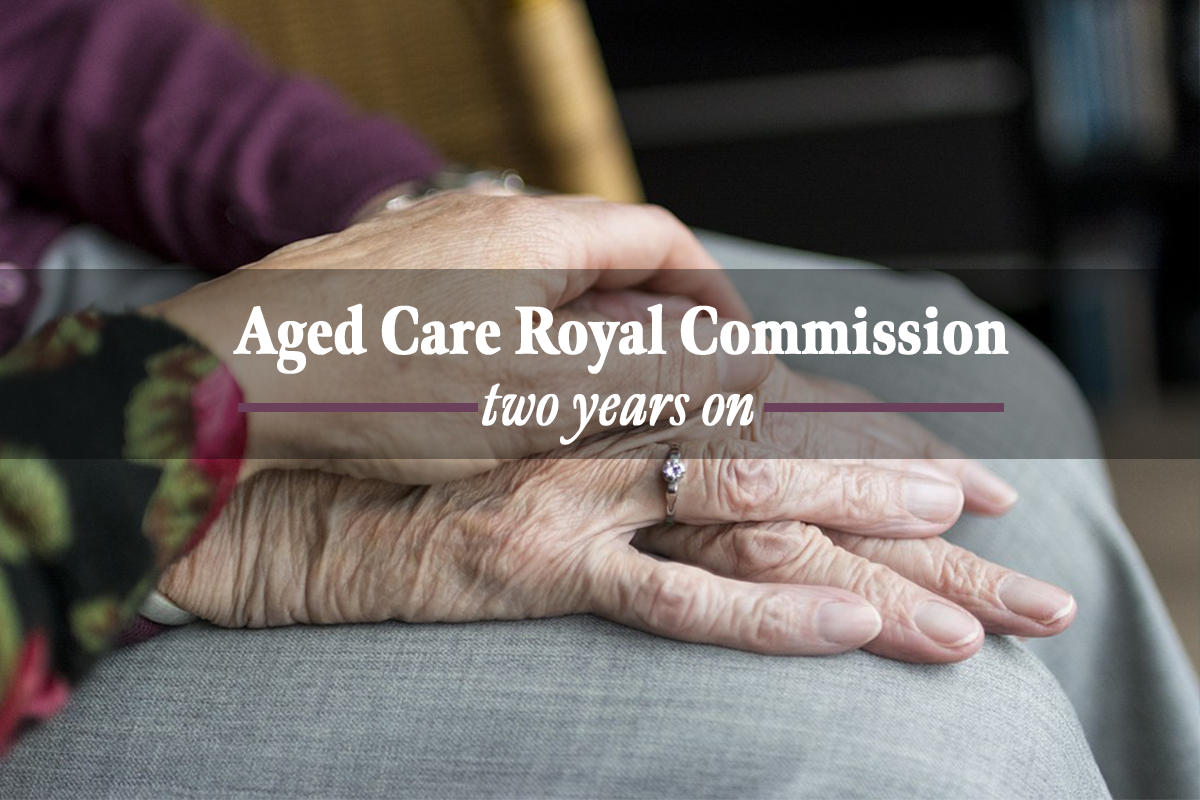
Nearly 37 per cent of Australian aged care residents over 65 were taken to an emergency department for treatment at least once during 2018–19, a Royal Commission into Aged Care Quality and Safety report says.
The royal commission’s research also found that 37 per cent of aged care residents were admitted to a hospital at least once during 2018–19, with just over a third admitted to a public hospital at least once.
Residents received 9.1 days of care in public hospitals per 1000 resident days (increasing to roughly 11.5 days when private hospital stays are included).
The most common reasons for hospital admissions and emergency department presentations were respiratory disease, injuries, circulatory disease, dialysis, and ‘symptoms and signs’. At 19.5 per cent, respiratory illness was the leading reason for hospitalisation.
The numbers for 2018–19 equate to 966 public hospitalisations, 290 private hospitalisations and 938 emergency department presentations per 1000 people in permanent residential aged care. These figures include multiple hospitalisations of individual residents.
In 2018–19, over 22 per cent of residents returning to, or entering, permanent residential aged care from an overnight hospital stay re-presented to the emergency department within 30 days. The rate of emergency department presentations increased from 20 per cent to 22 percent between 2014-15 and 2018–19.
The number of public inpatient hospitalisations of aged care residents aged over 65 increased by almost 28,200 in four years – from 142, 852 in 2014–15 to 171, 047 in 2018–19.
ANMF (Vic Branch) Secretary Lisa Fitzpatrick said the majority of hospital admissions could have been prevented if nursing homes had safe numbers of qualified nurses.
‘The figures speak volumes about the need for mandated staff numbers in residential aged care, particularly mandated numbers of registered nurses who can identify signs of illness early,’ Ms Fitzpatrick said.
‘Every single one of those aged care patients will also have required an ambulance to transfer them to and from hospital – diverting ambulance services from where they are needed most.’
The royal commission’s report Hospitalisations in Australian Aged Care 2014/15 – 2018/19 says hospitalisation is associated with increased risks of disorders and cognitive decline among older people, especially those in aged care facilities. For this reason potentially avoidable hospitalisations data is used in the US as one of the domains for a performance-based incentive program.
The royal commission’s research represents the first time aged care hospitalisation data has been compiled and published for all Australian states and territories.




